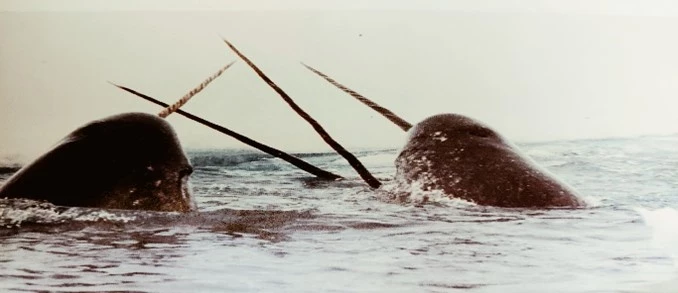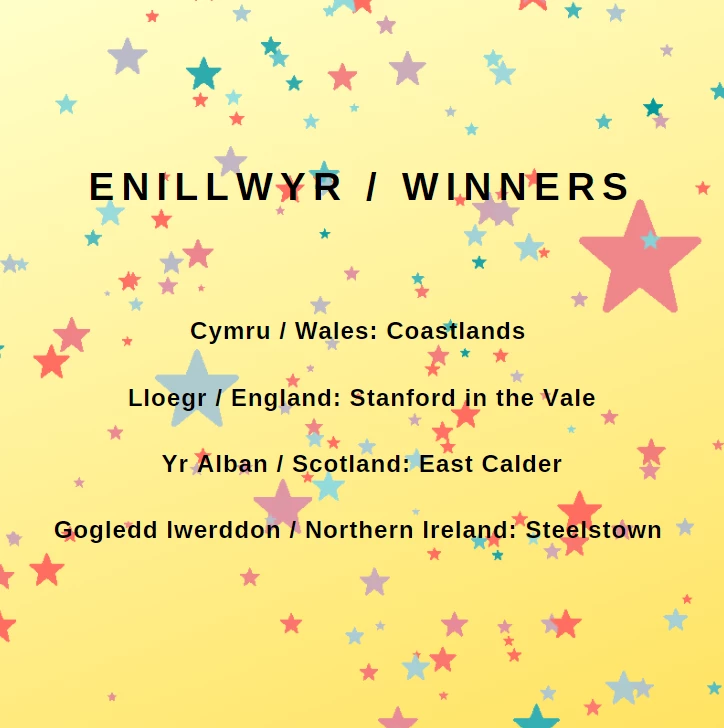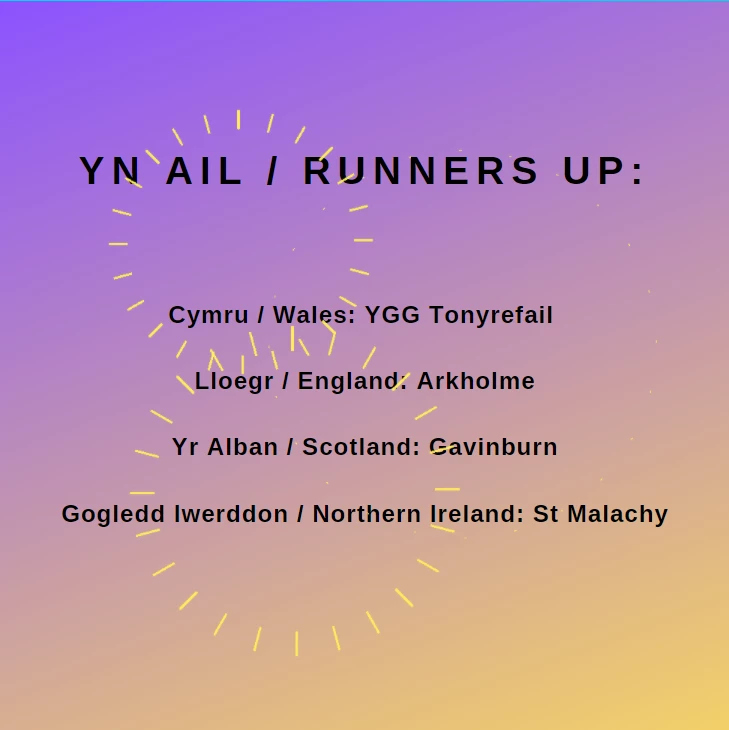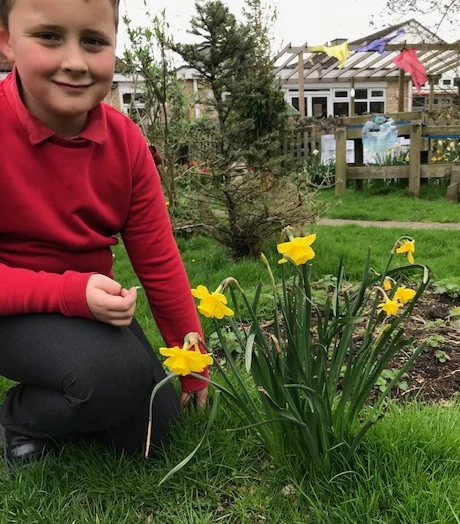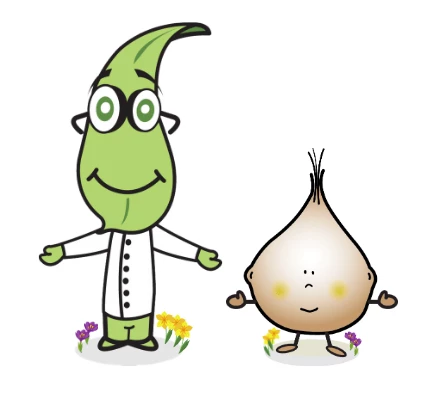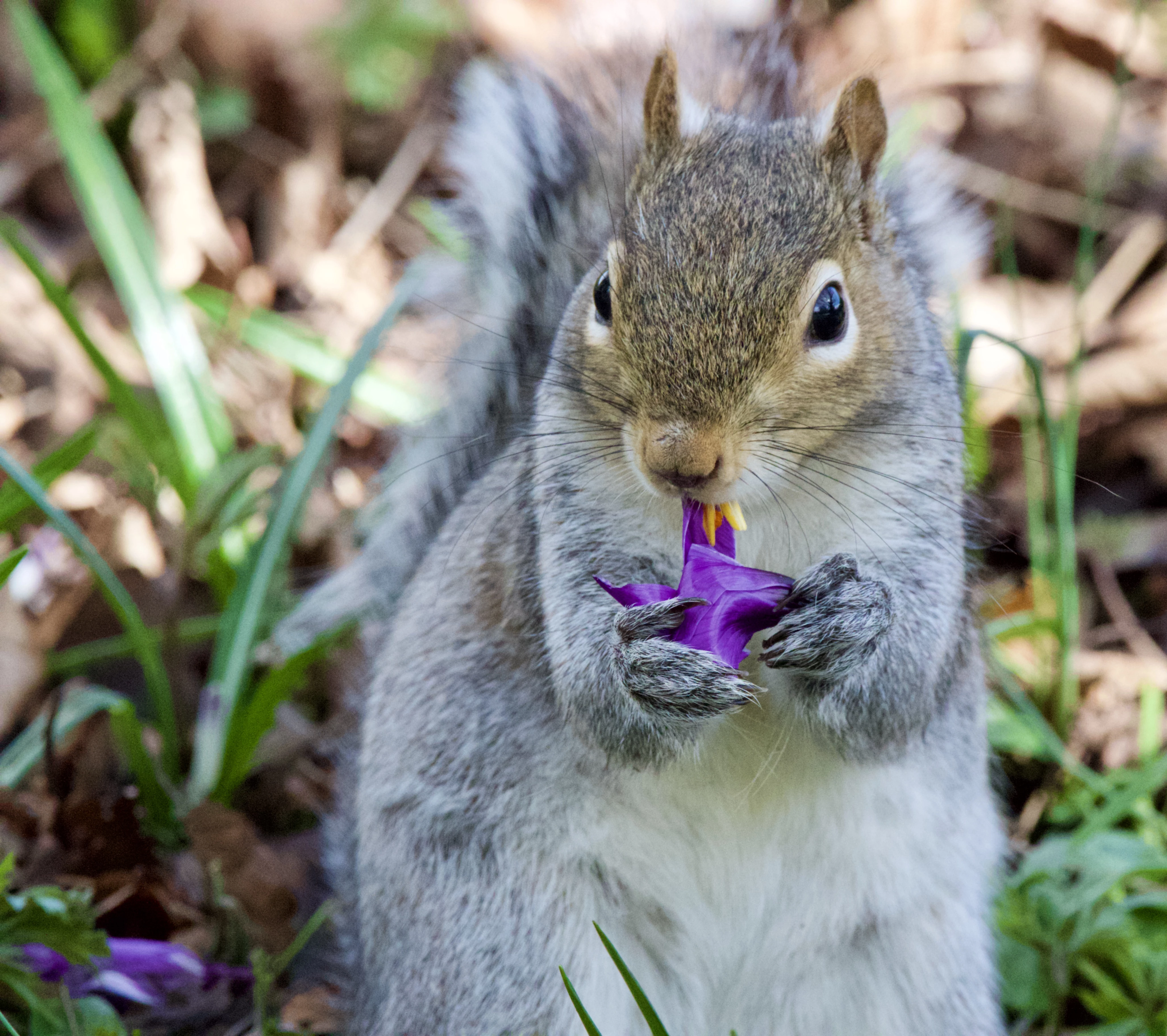The Insect Drawer
, 8 July 2021
I’ve always loved an insect. There’s something about them and their family in the bug world that has fascinated me since childhood. They are just so contradictory in every way. So familiar and yet so alien. So oblivious to our existence and yet vital to it. Equally freakish and beautiful in their variety.
It’s no wonder I was drawn to the insect drawer in the Clore Discovery Centre. A huge selection of my favourite creatures in the world, encased in clear plastic, enabling amateur entomologists like myself to examine them without danger of them flying off. And I mean flying off because all insects have wings. This, along with knowledge of the three segmented body, and the two sets of wings, is important information. With this information you can recognise the difference between insects and their cousins, the arachnids, arthropods, or bugs.
These differences are not always easy to spot. The largest group of insects are beetles (making up 40% of all animal life on the planet) who sometimes hide their wings beneath a hard shell, preferring to bumble along like colourful tanks, seeing humans as another obstacle to climb over. Some beetles’ wings have hardened, leaving them to trudge the undergrowth, but even huge beetles like the Hercules beetle (which is bigger than some birds) can fly when it needs to, although maybe not very gracefully.
These things can all be seen in great detail when our insects, frozen in time, are placed under the high-powered microscope in the Clore Discovery centre. You can see the defensive spikes on the hugely powerful legs of a locust, the iridescent beauty of a butterfly’s wings or the all-seeing compound eye of a common fly which makes it so difficult to swat. If you stray to the arachnids drawer you can even see the individual hairs on a tarantula’s leg.
Insects’ beauty might be debatable, but their sheer variety makes them endlessly fascinating. Even those who find them terrifying, when given the opportunity to examine them safely, may find themselves softening to the insect world. You may even find yourself discovering a new favourite.




